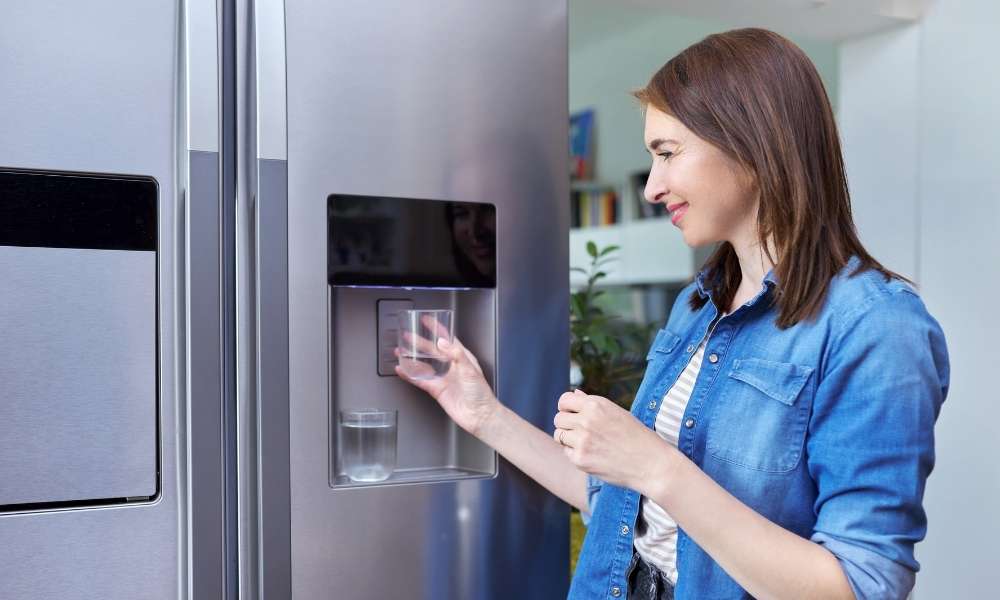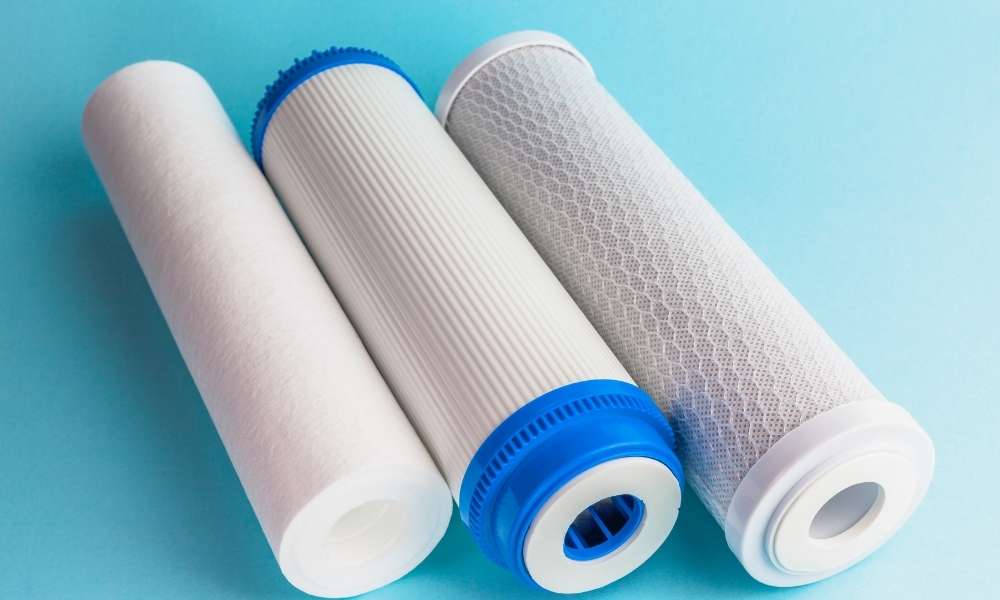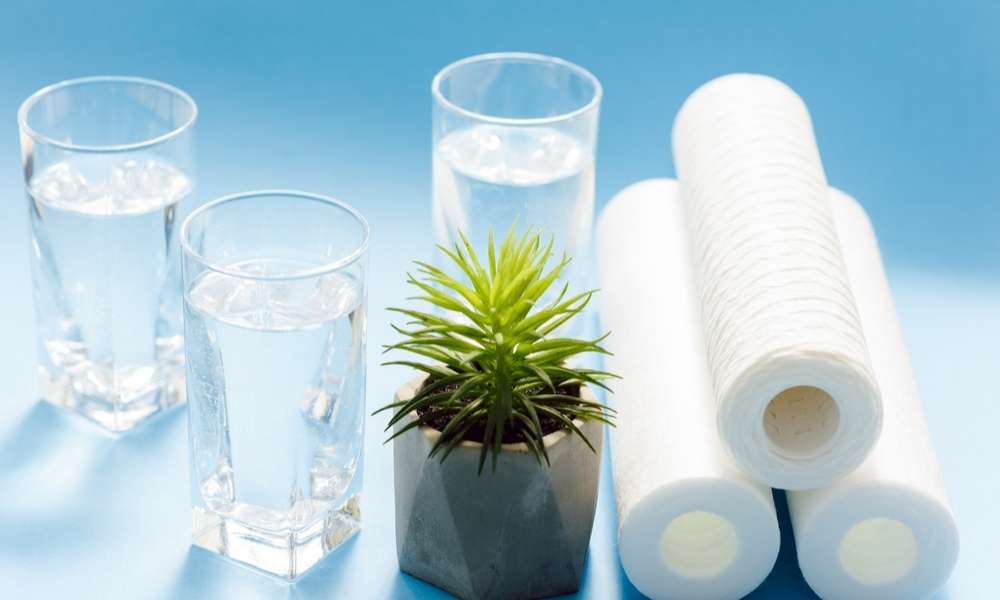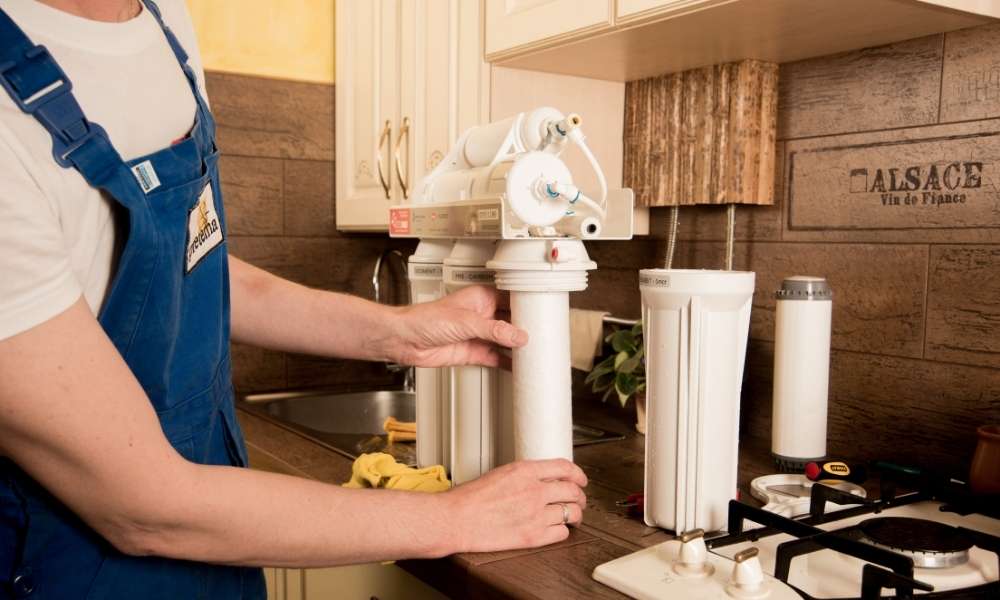The concept of “clean water” is simple:drinking water that is clean and uncontaminated by chemicals or other impurities is good for you. Unfortunately, “clean water” is not so simple to find. Over the past few decades, the need to protect our environment from pollution has increased. This demand has led to the development of new technologies to resolve the “impenetrable mystery” of water quality. One of these technologies is the water purification system. These systems remove impurities from water and make it drinkable again.
However, a dirty water purification system can leave behind contaminants that can be harmful if consumed. This article explains how to clean a water filter so that you can drink water that is as pure as possible.
First, Turn Off The Electrical Switch On Your Filter

Most water filters use electrical resistance to remove impurities from the water. These filters are often connected to the ground, which can cause all sorts of problems when it comes time to connect the water line to your home’s main water supply. If you are planning on connecting the water line to a water heater, make sure to turn off the ground-fault circuit interrupter (GFCI) plug during water line renovations.
When connecting a water line to a city water system, you must connect the line to the distribution system, not the water system. This means that you must connect the water line to a water tap, not a water valve. If you do not turn off the ground-fault circuit interrupter before connecting the water line, you could cause a leak in your home.
Separate The Filter Parts Or Chambers

The most common water filter system uses an intermediary water filter to remove bacteria and other impurities from the water that passes through the filter. These filters remove color and odors, as well as lead and mercury, from the water.
There are other types of water filters, such as reverse osmosis, that use a special membrane remove impurities.
Use Scented Bleach

Many water filters use a bleaching process to disinfect the water. This can result in high levels of chlorination.Which is a source of chemicals such as chlorine, bromine, and tetrachloroethylene (CELT). Are you concerned about potential health effects from too high levels of chlorine. So, you can use a scented bleach to clean your water filter.
Bleaching can result in high levels of chemicals such as bromine and chlorine, which are harmful if consumed.
Rinse The Membrane
Once the water passes through the filter, it is ready for consumption. This includes removing any food and beverage particles that may be in the water, as well as any calcium, magnesium, or iron salts that have accumulated inside the filter.
Some systems also require you to rinse the water line before connecting it to your water heater, to ensure that the water is properly and completely rid of impurities.
To Clean The Water Filter, Remove The Germs That Have Accumulated Inside The ilter

There are many ways to clean a water filter. Some systems require you to remove the germs that have built up inside the filter. This can be done by boiling or allowing the water to cool to a certain temperature, after which time, you can aspirate (breathe) through a hand-held device to rinse the filter.
Some systems require you to use a special “cleaner” to remove any remaining bacteria from the water.
You can also purchase products that claim to “swish” bacteria out of the water. You can also buy products that claim to “swish” bacteria out of the water.
Is Cleaning Better Than Replacing
Some people replace their water filter to keep it as pure as possible. Others choose to clean their water filter, to ensure that it is as clean as possible. If you decide to clean your water filter, be sure to rinse it thoroughly with a clean, non-chlorinated, water. This will help to remove any remaining cleaning chemicals. As well as any food and beverage particles that may have become trapped inside the filter.
If you choose to replace your water filter, be sure to purchase a quality model.
Carefully Cleaning Contaminants Breaking Through

Contaminants can build up inside of a water filter if it is not clean enough for you. If you are using a reverse osmosis (RO) water filter, there is a chance that the water filter is not clean enough for you. In this case, you will want to clean the RO water filter by running a reverse osmosis (RO) water filter system again, or by replacing it.
You should also regularly change the water in your tank and especially your water filter. If you are not changing the water in your water filter,erential agents (like dirt, scale, and impurities) can build up inside of it and clog up the filter.
How To Clean Sediment Filters

Many people are confused about how to clean sediment filters, which are often used in reverse osmosis (RO) water filters. These filters remove minerals like iron, manganese, and calcium, but leave behind silica and other impurities. These impurities can build up inside the filter if the water is not changed often enough. If you are using a RO water filter, it is recommended that you clean the filter every two to three months, or sooner if you are experiencing problems with clogging. If you do not clean your sediment filters, these minerals will build up inside them over time, clogging up the filters and causing them to stop functioning properly.
Final Thought
If you want to protect yourself and your family from possible health effects from contaminated water,you should pay attention to how your water is being used. One of the best ways to do this is to buy only from trusted water suppliers. These suppliers are usually certified and reliable, and they provide clean, healthy drinking water. Make sure to follow these tips to clean your water filter.





